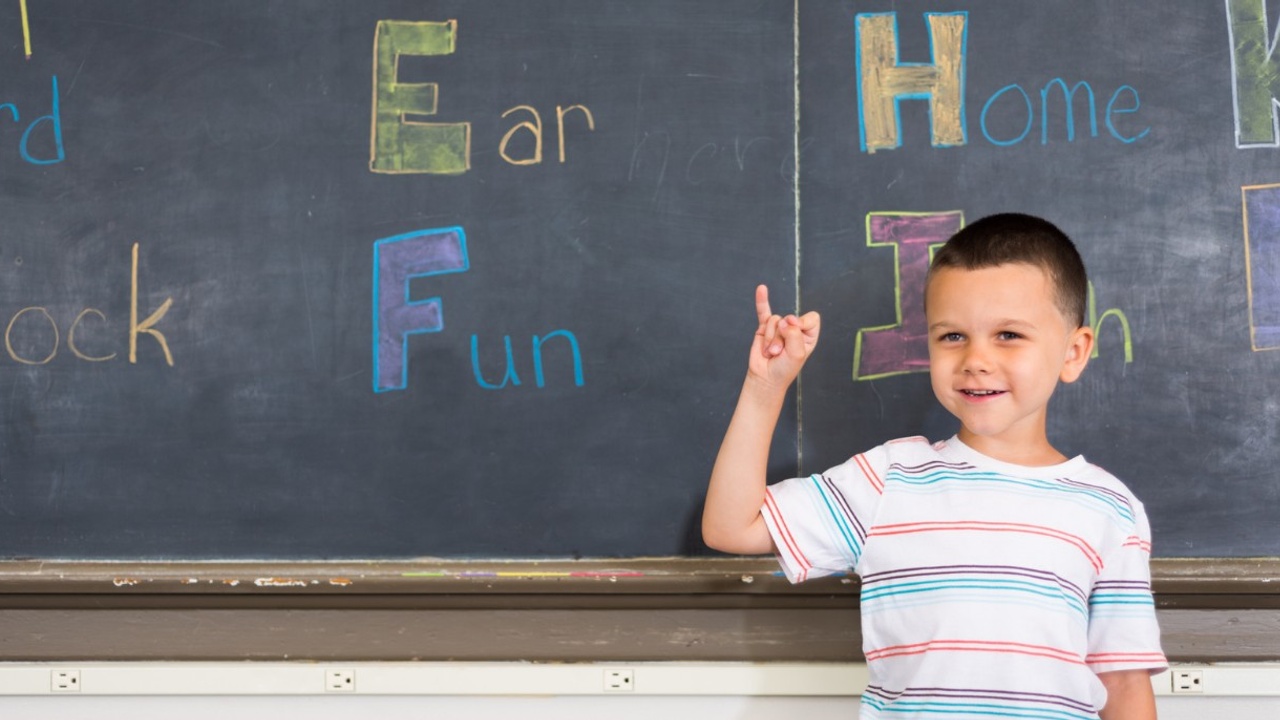Establishing Foundations for Success in the Gen Ed Classroom
Aug 18, 2021
Establishing Foundations for Success in the Gen Ed Classroom
What will lead to the success of a deaf and hard of hearing student in the general education classroom? There are many factors to consider, including the mutual understanding and interpersonal dynamics between the general and special educators, as well as time for instructional planning. Below are a few tips to help establish some foundations that will allow for success for a child with hearing loss.
Tip 1: Keep away from assumptions. If you’re a general education teacher who will be working with a student with hearing loss, you may be entering this year with some assumptions about your new student. These assumptions may be based on a past student you’ve had with hearing loss, or from things you’ve heard from others, or even from what you’ve seen on TV. Be aware that students with hearing loss are just as diverse as students without hearing loss and it’s very likely that your student will not fit your assumption at all. Enter into the school year with the desire to get to know your new student as an individual and be interested in understanding their needs. It’s very likely that you may need to make some changes in the classroom or with your lessons to give your student full access and full inclusion to your classroom community. However, making those modifications will be impactful and beneficial to all the students in your classroom, truly embracing full membership into your classroom community.

Tip 2: Make it a whole-school philosophy. Since nearly 90% of DHH students are in their neighborhood schools, even if there is only one student in the entire school who has hearing loss, they are most likely going to be there for many years. My advice would be to be intentional about embracing your student throughout the entire school, not just in their current classroom . By making it a whole-school philosophy and not just in one classroom, your student will feel more included and welcomed at school. How can you do this?
- Embrace classroom sound systems and captioning for all students in all classrooms. Talk to your educational audiologist about how classroom sound systems benefit all students and look into the research on how captioning supports literacy development for everyone.
- Have sign language centers and sign language clubs to teach students sign throughout the year.
- Put posters up in the school throughout the year highlighting famous deaf individuals with “can do” phrases
- Keep quality books with deaf characters in them in every classroom and use them for read alouds
- Incorporate Deaf Awareness activities and celebrate Deaf Awareness Week and Better Speech and Hearing Month throughout the school
Incorporating these things into your whole-school philosophy will create an atmosphere where the student with hearing loss, their parents, and the deaf community are all involved in the life of the school and perceived as contributors.
Tip 3: Be open-minded and expect success Teachers want their students to succeed and there’s a dynamic in the classroom that students know they will be successful. Teachers have high expectations, ownership of their general education classroom, and defined roles within the classroom which make it function seamlessly.
When a Deaf or Hard of Hearing student enters the mix, there’s an adjustment period for the teacher to find that new groove in which the whole classroom will succeed, including the student with hearing loss.

The student will be best served if the DHH teacher can get a good sense of the General Education Teacher’s style, expectations, and routine. With knowledge of the student, the Teacher of the Deaf can work together with the General Education Teacher to incorporate how to meet the needs of the student into the regular routine. It will be important to match the high expectations of the classroom with the abilities of the student. If there is a miss-match, then, together, the DHH teacher and the General Education teacher should set goals and expectations for the student, allowing for significant growth. This will be most successful when the DHH teacher works closely with the Gen Ed teacher to set expectations and identify how to incorporate appropriate modifications. It is also critical that the Gen Ed teacher is on board to embrace the student with hearing loss into the classroom community and the DHH teacher is available to support her in doing so. Sadly, the Gen Ed teacher and the DHH teacher often function as separate entities, unable to support each other. It is not uncommon for a deaf or hard of hearing student to feel isolated in their general education classroom because they haven’t completely been invited into the classroom community (unbeknownst to the general education teacher). In order to do so, both teachers must be intentional about making sure the DHH student is fully included and embraced into the classroom culture.
Tips for the Teacher of the Deaf:
Teachers of the d/Deaf and Hard of Hearing can support their student by eliminating deafness stereotypes via knowledge of hearing loss and Deaf culture, and then help infuse them into the curricula. The general education classroom can offer cooperative learning activities that promote interaction and membership and provide both hearing and DHH students with communication strategies for a variety of environments.
Along with that, DHH teachers can help the general education teachers incorporate some lasting practices within the general education classroom by doing the following:
- Use student data to guide your inservices for the gen ed teacher and as part of the training itself. What does the student need to succeed?
- Embed the training in the daily work of the teacher.
- Sustain and continue the training over time.
- Allow for feedback and coaching.

Remember to make student observation a priority! Take the time to go over the student’s performance in the classroom. Share information and strategies that can apply to the whole class. Rather than solely focusing and singling out the DHH student, incorporate action steps that apply to the whole class so the DHH student can be included with their hearing peers. Ask for the general education teacher’s opinion. They have valuable information and a unique perspective that they can provide when it comes to their student. They know how their classrooms function, so they can provide insight into what works and what doesn’t.
The main takeaways from this post are for the general education teacher and the DHH teacher to work together to ensure that the general education classroom is accessible for the DHH student. It can be done! All it takes is a little teamwork and communication. Together, you can ensure that your student has a positive and successful school year.
Do you want more tips on how to establish good foundations to support a child who is deaf or hard of hearing? Check out the Professional Academy for professionals and the FRIEND Academy for parents.

